Types of building
The word ‘building’ is commonly considered to refer to an enclosed structure within which people can perform activities. See our introductory article: Building.
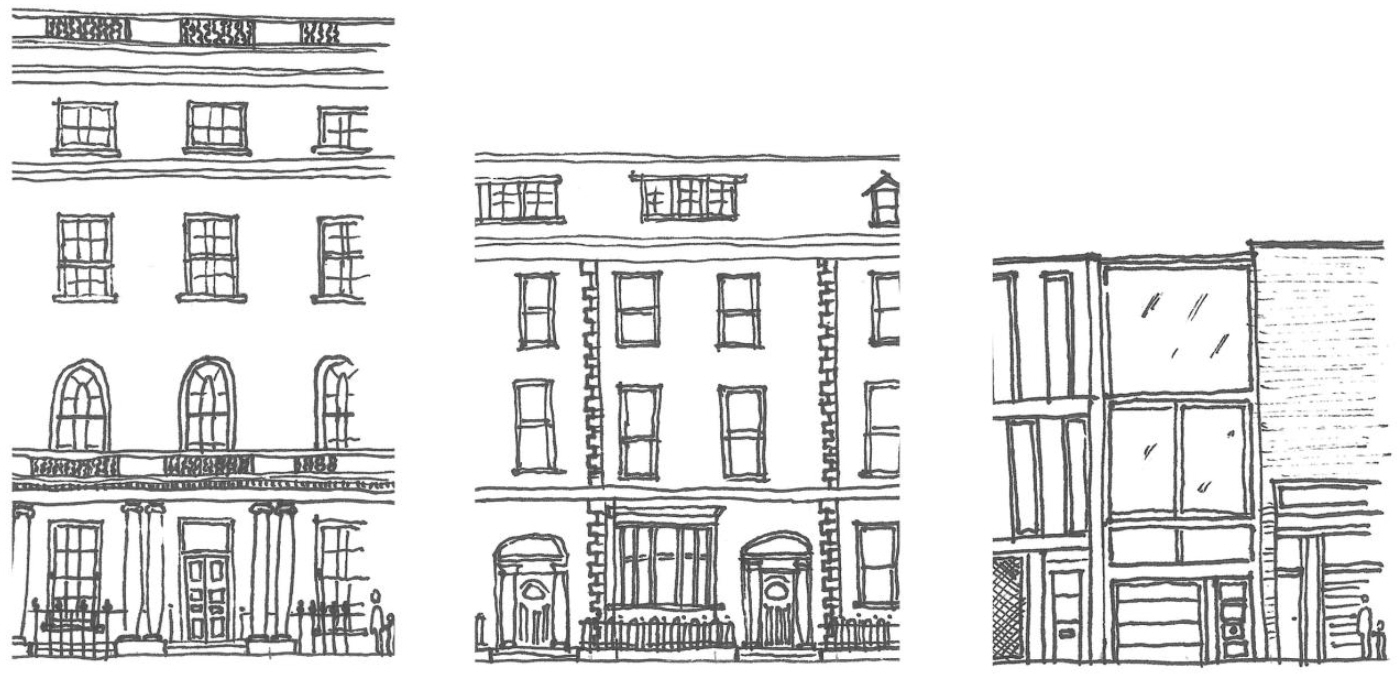
|
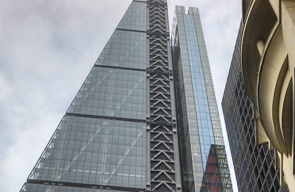
|
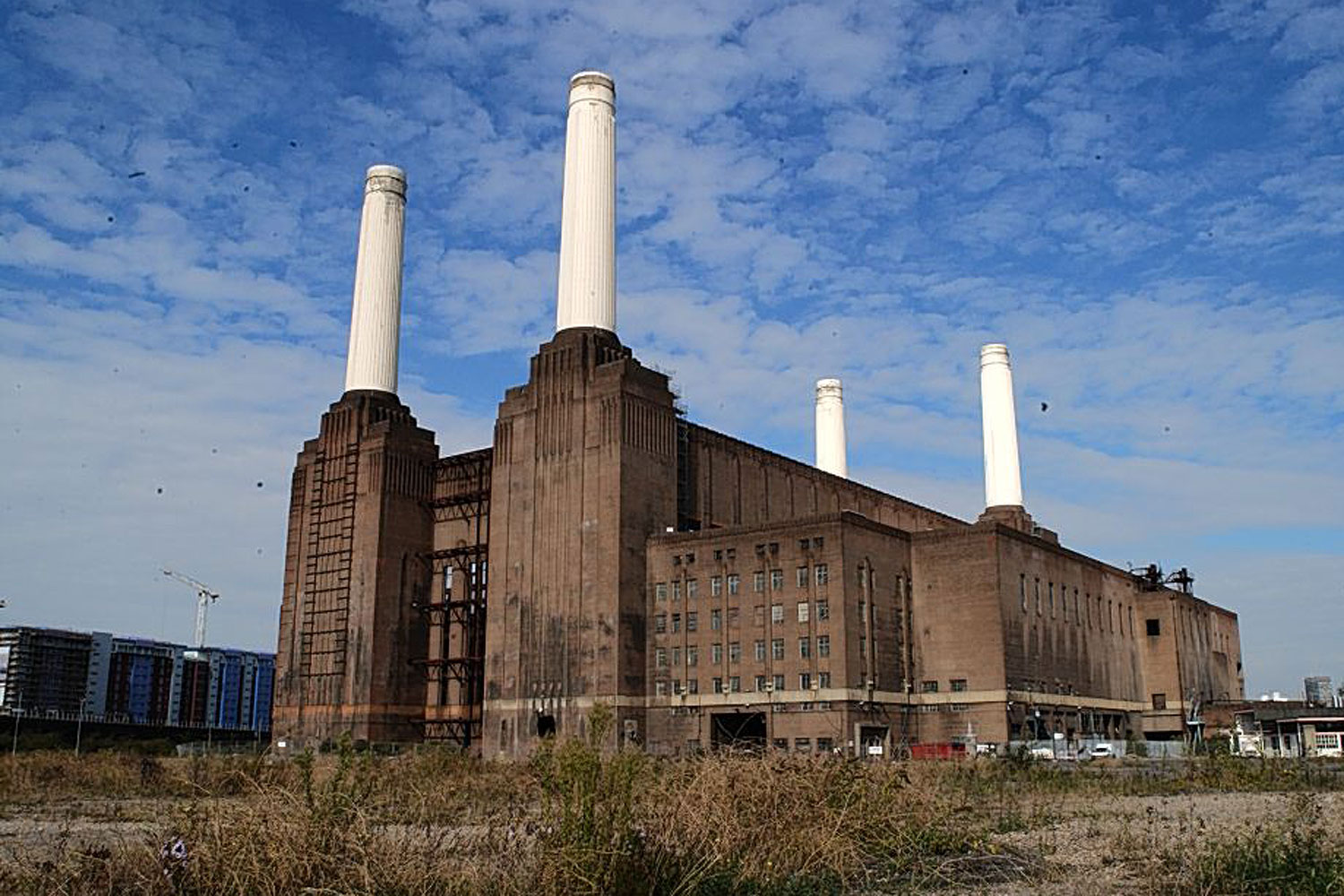
|
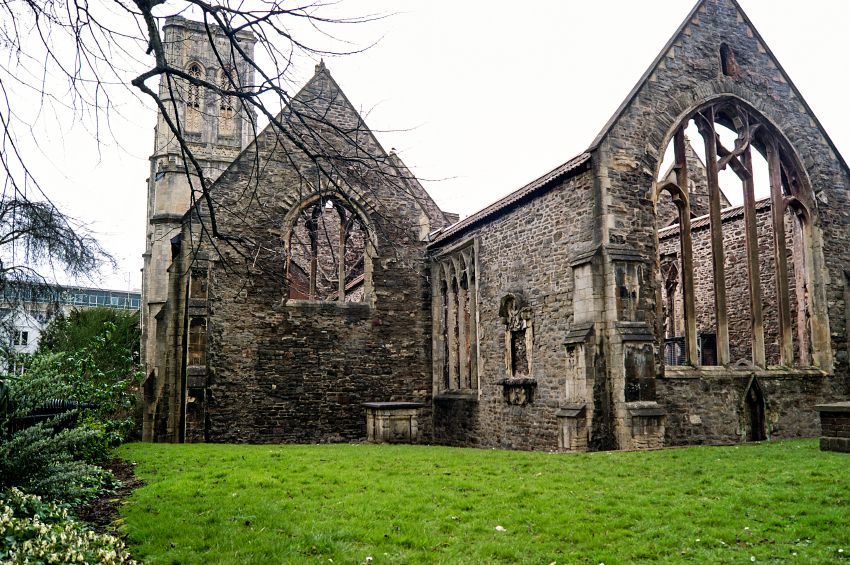
|
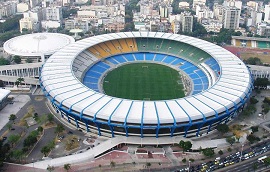
|
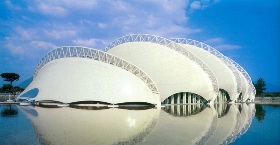
|
There are many ways of classifying types of building, including:
- Construction type.
- Cost.
- Use.
- Size.
- Style.
- Period.
- Design (form, structure, etc).
- Performance (energy consumption, accessibility, etc).
- Nature of occupancy/ownership.
This article presents a list of common types of building alphabetically with links to articles providing further information. To add to the list, click ‘Edit this article’ above.
- A frame house.
- Abbey.
- Accessory structure.
- Air-supported structure.
- Affordable housing.
- Airport.
- Apartment.
- Assembly and recreation building.
- Assembly building.
- Bandstand.
- Bank.
- Barn.
- Bungalow.
- Bus shelter.
- Bus station.
- Cafe.
- Canteen.
- Casino.
- Castle.
- Cathedral.
- Cave.
- Chapel.
- Church.
- Cinema.
- Cluster accommodation.
- Commercial building.
- Commonhold.
- Complex buildings.
- Condominium.
- Conservatory.
- Cottage.
- Convenience store.
- Council housing.
- Covered area.
- Custom build home.
- Data centre.
- Department store.
- Detached.
- Double fronted building.
- Duplex.
- Dwelling.
- Earth building (see also Earthen construction).
- Entertainment building.
- Extension.
- Fabric structure.
- Factory.
- Farm buildings.
- Ferry terminal.
- Fire engineered buildings.
- Fire station.
- Flat.
- Freehold.
- Gallery.
- Garage.
- Geodesic dome.
- Greenhouse.
- Groundscraper.
- High-rise building.
- Hospital.
- Hostel.
- Hotel.
- Household.
- Houses in multiple occupation.
- Housing association.
- Hut.
- Industrial building.
- Inflatable building.
- Institution.
- Intermediate housing.
- Kiosk
- Kit house.
- Large format retail premises.
- Lean to.
- Leasehold.
- Leisure centre.
- Library.
- Lighthouse.
- Live/work unit.
- Low-rise.
- Mall.
- Manse.
- Maisonette.
- Meanwhile use.
- Medium-rise.
- Megastructure.
- Megatall.
- Minor development.
- Mixed use development.
- Modern building.
- Modular building.
- Mosque.
- Multi-storey building.
- Museum.
- Non-residential institution.
- Office.
- Outbuilding.
- Pavilion
- Penthouse.
- Permanent building.
- Petrol station.
- Police station.
- Portable building.
- Portaloo.
- Portakabin®.
- Post office.
- Power station.
- Pub.
- Pumping station.
- Prefab bungalow.
- Public building.
- Railway station.
- Refinery.
- Residential building.
- Residential institution.
- Retail building.
- Retail warehousing.
- School.
- Secure residential institution.
- Self build home.
- Semi-detached / Semi.
- Shack.
- Shed.
- Shelter.
- Sheltered housing.
- Shop.
- Shopping centre.
- Single-storey building.
- Simple premises.
- Skyscraper.
- Smoking shelters.
- Social housing.
- Specialist accommodation for older people.
- Specialist premises.
- Speculative development.
- Stable
- Stadium.
- Stand-alone building.
- Star building.
- Stately home.
- Storage building.
- Student accommodation.
- Sui generis.
- Supermarket.
- Super-slender.
- Supertall.
- Supported housing.
- Surgery.
- Swimming pool.
- Synagogue
- Telephone Box
- Temporary building.
- Temporary demountable structure.
- Terminal / terminus.
- Terraced house.
- Theatre.
- Toilet.
- Tower.
- Town hall.
- Traditional building.
- Train station.
- Twisting building.
- Venue.
- Visitor Centre
- Warehouse.
- Windmill.
- Workplace.
- Yurt
- Zero carbon building.
- Ziggurat.
See also: Architectural styles and Use class.
[edit] Related articles on Designing Buildings
Featured articles and news
RTPI leader to become new CIOB Chief Executive Officer
Dr Victoria Hills MRTPI, FICE to take over after Caroline Gumble’s departure.
Social and affordable housing, a long term plan for delivery
The “Delivering a Decade of Renewal for Social and Affordable Housing” strategy sets out future path.
A change to adoptive architecture
Effects of global weather warming on architectural detailing, material choice and human interaction.
The proposed publicly owned and backed subsidiary of Homes England, to facilitate new homes.
How big is the problem and what can we do to mitigate the effects?
Overheating guidance and tools for building designers
A number of cool guides to help with the heat.
The UK's Modern Industrial Strategy: A 10 year plan
Previous consultation criticism, current key elements and general support with some persisting reservations.
Building Safety Regulator reforms
New roles, new staff and a new fast track service pave the way for a single construction regulator.
Architectural Technologist CPDs and Communications
CIAT CPD… and how you can do it!
Cooling centres and cool spaces
Managing extreme heat in cities by directing the public to places for heat stress relief and water sources.
Winter gardens: A brief history and warm variations
Extending the season with glass in different forms and terms.
Restoring Great Yarmouth's Winter Gardens
Transforming one of the least sustainable constructions imaginable.
Construction Skills Mission Board launch sector drive
Newly formed government and industry collaboration set strategy for recruiting an additional 100,000 construction workers a year.
New Architects Code comes into effect in September 2025
ARB Architects Code of Conduct and Practice available with ongoing consultation regarding guidance.
Welsh Skills Body (Medr) launches ambitious plan
The new skills body brings together funding and regulation of tertiary education and research for the devolved nation.
Paul Gandy FCIOB announced as next CIOB President
Former Tilbury Douglas CEO takes helm.
UK Infrastructure: A 10 Year Strategy. In brief with reactions
With the National Infrastructure and Service Transformation Authority (NISTA).























Comments
[edit] To make a comment about this article, or to suggest changes, click 'Add a comment' above. Separate your comments from any existing comments by inserting a horizontal line.